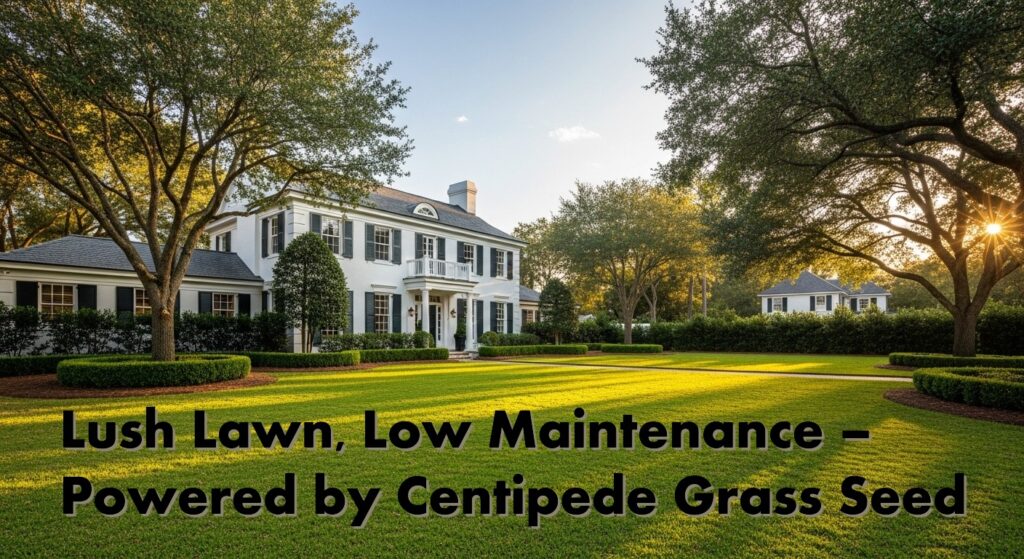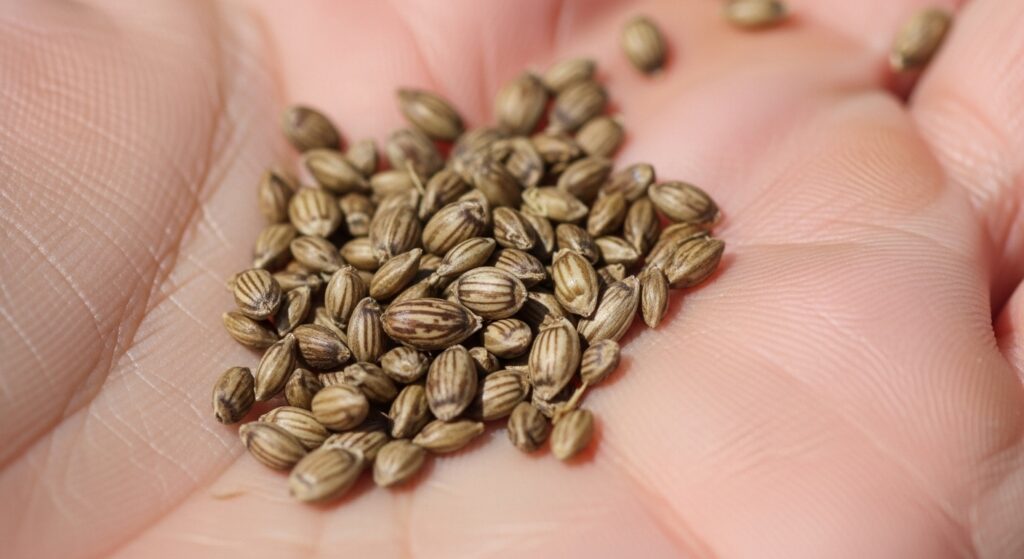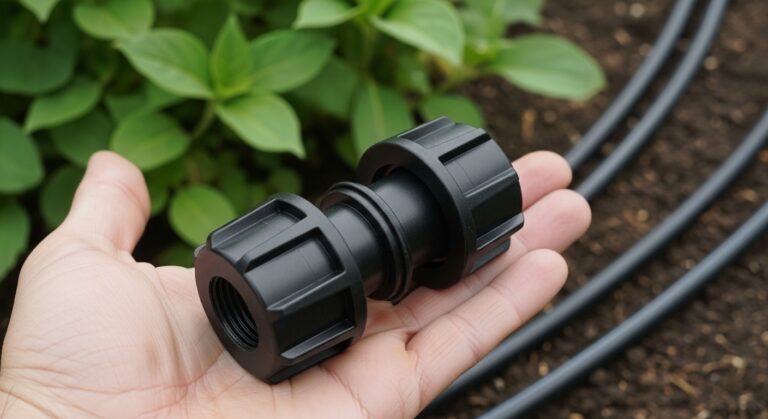The Complete Guide to Centipede Grass Seed: Growing the South’s Lazy Man’s Grass

When Dr. Frank Meyer first introduced centipede grass to the United States from China in 1916, he probably never imagined it would become the backbone of Southern lawns. This remarkable grass species has earned its nickname “lazy man’s grass” not through mediocrity, but through its exceptional ability to thrive with minimal intervention—a quality that has made centipede grass seeds increasingly popular among homeowners seeking a low-maintenance yet attractive lawn solution.
Understanding Centipede Grass Seeds: The Foundation of Southern Lawns
Centipede grass seeds represent more than just another lawn option; they’re a testament to intelligent landscaping. Unlike their high-maintenance cousins, these seeds produce a grass that naturally stays compact, requires less frequent mowing, and maintains its distinctive light-green color throughout the growing season. The secret lies in the grass’s slow growth pattern and natural resistance to many common lawn problems.

The most sought-after variety, TifBlair centipede grass seed, emerged from decades of research at the University of Georgia. Dr. Wayne Hanna, the turfgrass breeder who developed this cultivar, spent over 20 years perfecting a strain that could withstand colder temperatures than traditional centipede varieties. “We wanted to extend the growing range of centipede grass northward,” Dr. Hanna explained during a 2019 interview. “TifBlair can survive temperatures down to 5°F, compared to 15°F for standard centipede grass.”
The Real Story: Why Centipede Grass Seeds Are Gaining Ground
Sarah Chen, a landscape contractor from Atlanta with 15 years of experience, remembers when clients were hesitant about centipede grass. “Ten years ago, everyone wanted Bermuda or Zoysia,” she recalls. “But after the 2016 drought, my phone started ringing constantly with requests for centipede. Clients saw their neighbors’ centipede lawns staying green while their high-maintenance grasses turned brown.”
This shift reflects a broader understanding of centipede grass’s unique advantages. Research from Auburn University shows that centipede grass requires 40% less water than Bermuda grass and can maintain acceptable quality with as little as 0.5 inches of water per week during the growing season.

Finding the Best Centipede Grass Seed: What Professionals Look For
When searching for the best centipede grass seed, industry professionals focus on three critical factors: germination rate, purity percentage, and regional adaptation. High-quality centipede grass seeds should show germination rates above 85%, with purity levels exceeding 98%.
Mike Rodriguez, who manages a 50-acre sod farm in South Carolina, explains his approach: “We test every batch of centipede grass seed we purchase. The difference between 80% and 90% germination might seem small, but across large areas, it means the difference between a patchy lawn and uniform coverage.”
For homeowners seeking centipede grass seed for sale, timing matters significantly. The optimal planting window runs from late spring through early summer when soil temperatures consistently reach 70°F. Purchasing seed during this peak season often means higher prices, leading savvy buyers to stock up during winter months.
Decoding the Centipede Grass Seed Head: Nature’s Distribution System
The centipede grass seed head represents one of nature’s most efficient seed distribution mechanisms. Unlike the dramatic plumes of pampas grass or the dense clusters of fescue, centipede grass produces delicate, finger-like seed heads that appear in late summer. These structures, technically called racemes, typically measure 3-5 inches long and contain 15-25 seeds each.

Understanding seed head development helps homeowners optimize their lawn care routine. Many people make the mistake of cutting seed heads too early, preventing natural reseeding that can help thicken the lawn over time.
Bulk Purchasing: The Economics of Centipede Grass Seed 50 lbs
Large-scale projects often require centipede grass seed in 50 lb quantities or more. Commercial landscapers and property managers frequently purchase in bulk to achieve better per-pound pricing and ensure consistent seed quality across multiple projects.
According to industry data from the American Seed Trade Association, bulk centipede grass seed purchases have increased 23% over the past five years, driven primarily by commercial property developments in the Southeast.

James Mitchell, grounds supervisor for a major Atlanta medical complex, shares his experience: “We switched to bulk centipede grass seed purchases three years ago. Not only did we save 30% on seed costs, but the uniform quality across our 40-acre property has been remarkable. The key is proper storage—we keep our 50 lb bags in climate-controlled conditions until use.”
Frequently Asked Questions
Q: How long does centipede grass seed take to germinate? A: Under optimal conditions (soil temperature 70-80°F, adequate moisture), centipede grass seeds typically germinate within 14-21 days. Full establishment takes 60-90 days.
Q: Can I overseed my existing lawn with centipede grass seeds? A: Overseeding works best when done into thin or bare areas of existing centipede grass. Centipede doesn’t compete well with aggressive grasses like Bermuda, so mixing species isn’t recommended.
Q: What’s the seeding rate for centipede grass? A: Use 1-2 pounds per 1,000 square feet for new lawns, or 0.5-1 pound per 1,000 square feet for overseeding existing areas.
Q: Do I need to fertilize immediately after seeding? A: A light application of starter fertilizer (high phosphorus) helps establishment, but avoid high-nitrogen fertilizers which can burn seedlings.
Success Stories: Real Results from Real Homeowners
Jennifer Walsh, a homeowner in Birmingham, Alabama, planted TifBlair centipede grass seed on her half-acre lot in 2021. “I was skeptical about the ‘lazy man’s grass’ reputation,” she admits. “But two years later, I mow every 10-14 days instead of weekly, water only during extended dry spells, and my neighbors constantly ask about my lawn care secrets.”
Similarly, the Thompson family in Charleston, South Carolina, replaced their struggling fescue lawn with centipede grass after Hurricane Florence damaged their property. “The recovery was incredible,” notes homeowner David Thompson. “Within four months, we had better coverage than our old lawn ever achieved.”
The Bottom Line: Investment in Long-Term Lawn Success
Centipede grass seeds represent more than a landscaping choice—they’re an investment in reduced maintenance, lower water bills, and consistent curb appeal. With proper selection, timing, and establishment practices, these seeds can produce a lawn that thrives for decades with minimal intervention.

The data supports this conclusion: According to the National Turfgrass Evaluation Program, well-established centipede grass lawns require 60% less maintenance time compared to cool-season grasses and show superior drought tolerance compared to most warm-season alternatives.
Whether you’re considering TifBlair centipede grass seed for cold tolerance, shopping for bulk quantities, or simply seeking the best centipede grass seed for your specific conditions, success depends on understanding your local growing conditions and following proven establishment practices. In the world of Southern lawns, centipede grass seeds continue to prove that sometimes the best solutions are also the simplest ones.



